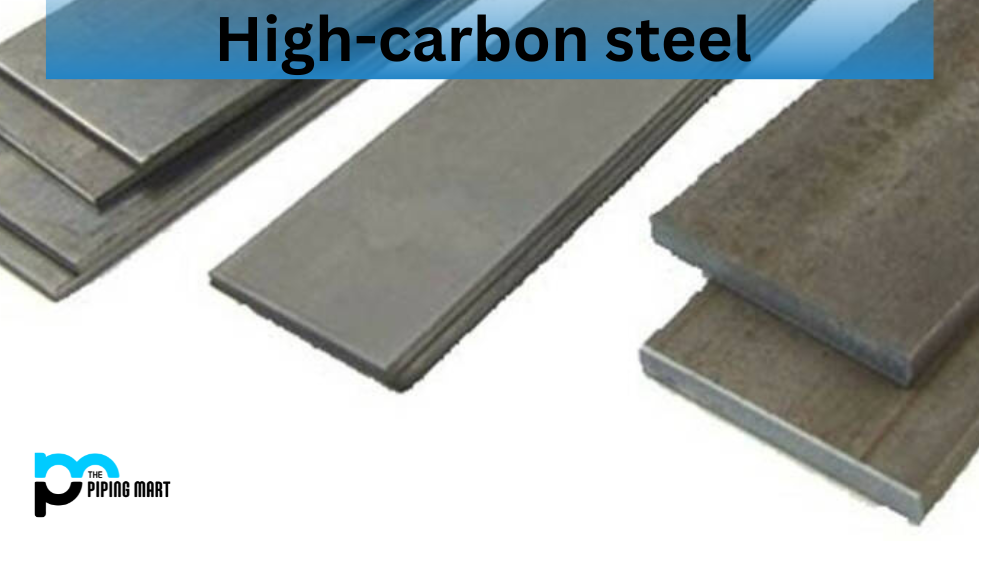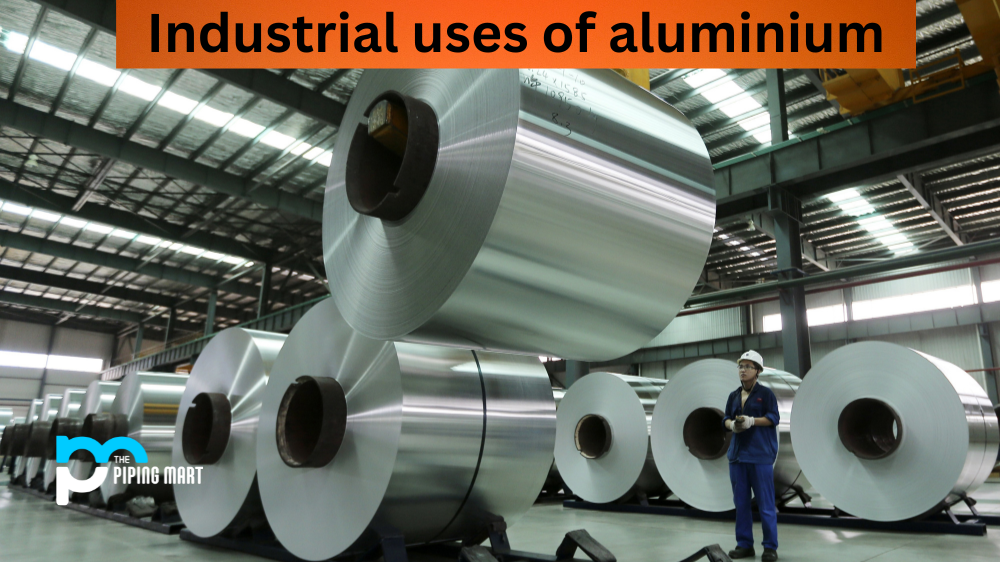High-carbon steel is a popular material choice for those seeking a strong and long lasting product for their application. It is an alloy made from iron combined with other elements including Carbon, Manganese, Silicon, and Sulfur. The properties of this type of steel makes it ideal for several uses due to its strength and durability; in particular tool applications such as automotive components and kitchen knives. Throughout this blog post we will explore the composition of high-carbon steel along with the most common applications that make use of this specialized alloy. In addition, we’ll discuss how high-carbon steel works best in certain conditions while also providing some tips on how to maintain and work with materials that are equipped with high-carbon steels. Whether you’re looking for more information on what high-carbon steel can do or wondering why it would be beneficial to your project’s needs, keep reading!
What is high-carbon steel?
Generally, the manganese percentage in high-carbon steels ranges from 0.30 to 0.90%, and the C content ranges from 0.60 to 1.00%.
The steel is tough because of the wonderful structure of the pearlite. However, this also results in the steel being much more brittle and less ductile than mild steel. For spring materials and high-strength wires, high-carbon steels are used.
High-carbon steel is frequently used in construction for its excellent strength and resistance qualities. It can be deformed without breaking since it is somewhat ductile. In particular, high carbon steel has “memory,” meaning that the material will expand back into the shape it was created in after being stretched.
In these applications, it is typical to maximize strength and hardness by elevating the carbon level to the maximum practicable level to improve the performance of steels. Depending on the kind of application, a different component will be the carbon additions’ limiting factor. It might be toughness or weldability for forging steels and bar products. The eutectoid carbon level, above which the existence of grain boundary carbides will significantly impede draw ability, is typically the limiting factor for carbon addition in a high-strength wire.
Composition of high-carbon steel
High-carbon steel is often used in the field of engineering due to its high tensile strength and durability. In general, it consists of 0.5% to 1.0% carbon and about 0.4% manganese, with the remaining materials being mainly iron. Compared to low-carbon steel, high-carbon steel offers increased resistance to impact and special forging processes can be used to strengthen it even further by introducing multiple layers of carbide or other elements within the structure. This makes it an ideal material for items that will experience a lot of wear and tear such as weapons, building construction components and machines with moving parts.
Uses of high-carbon steel
High carbon steel is used when high strength, hardness, and wear resistance are required, such as in wear components, knives, saw blades, springs, gear wheels, chains, and brackets. Also used in cold chisels, wrenches, vice-grip jaws, pneumatic drill bits, wire for structural work, shear blades, and hacksaws.
Household toy and appliances –
The back of your refrigerator door is now held in place by fasteners made of high-carbon steel instead of the former practice of using screws on the front. Steel fasteners can also be found in televisions, refrigerators, and dishwashers. The T.V. face is held on by steel bolts, just like the refrigerator, so no screws or trim clips are visible.
There are high-carbon steel washers and pipe hangers for daily use at neighborhood home and garden stores. Valve covers, gaskets, and fasteners made of high-carbon steel in everything from toy wagons and cars to golf carts and lawn and garden equipment.
Automotive –
Clamps for fuel rail systems are a high-carbon steel product frequently used in the auto sector. The clamps secure the gasoline rail to the engine block and lower the clamps for body fluid transfer.
Additionally, high-carbon steel and copper are used in the terminals for electrical connections and also used in the car’s backup sensor. The side bumpers will also have a small, high-carbon steel clip holding them in place to help with the park assist functions.
Manufacturing and construction –
For the manufacturing sector, high-carbon steel is utilized for a range of cutting tools, springs, and coils, as well as a range of washers and fasteners.
One Three D Metals customer used our high-carbon steel to create tiny washers in their COVID testing medical equipment during the COVID-19 pandemic.
Retail –
Check out a pant hanger at our house. High carbon steel is used to make the squeeze tabs securing the pants to the hanger. Alternately, at a gas station, look at the selection of chips where high-carbon steel is used.

Pipingmart is a B2B portal that specializes in metal, industrial and piping items. Additionally, we share the latest information and information about materials, products and various types of grades to assist businesses that are involved in this business.




